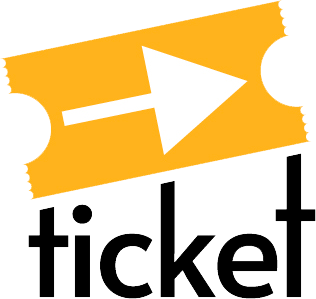
Module 4 - Fostering Participation and Learning for All
This Section will familiarise you with an interactive understanding of disability in the spirit of the Convention on the Rights of Persons with Disabilities and help you understand the principles of universal design and reasonable accommodation.
Learning Outcome: Understand how non-adapted environments may limit people, specifically those who face health difficulties. Be able to adapt some of your learning materials to the needs of persons with disabilities.
![]() Estimated time to complete this section: 20 minutes
Estimated time to complete this section: 20 minutes
Contents:
-
Learning Point: The Interactive Understanding of Disability
-
Exercise: Academic Difficulties and Different Types of Disability
Learning Point: The Interactive Understanding of Disability
Over the last few decades there has been a paradigm shift with regards to disability. This shift entails moving away from thinking about it through the lens of the medical model, and instead moving towards an interactive understanding of disability in
the spirit of the UN Convention on the Rights of Persons with Disabilities. Click on the following link for more information: Convention on the Rights of Persons with Disabilities (CRPD)
As a consequence of this process, we have abandoned thinking about disability (associated with illness) as something that justifies the exclusion of an individual from everyday tasks and duties. Regarding the daily life of people with disabilities, the
focus is shifting towards how environments are designed with the needs of the dominant majority in mind. This process might ‘disable’ anyone who operates in a different way. Noticing this pattern equips us with tools that give us a chance to change
the existing state of affairs and help promote inclusion for persons with disabilities. These tools are: universal design and reasonable accommodation/adjustment.
Universal design means creating an environment where people function in such a way that no barriers are created for anyone. Such an environment must be flexible, simple, intuitive, safe and understandable.
A reasonable adjustment means a modification of space, rules, or the way of performing activities for the purpose of reaching a certain goal. In the academic environment, there are still many solutions that may nonetheless constitute a barrier to access to knowledge for many people. The situation is changing with the consistent removal of architectural barriers, for example. However, there is still much to be improved that requires action on the part of academic staff.
Exercise: Academic Difficulties and Different Types of Disability
In this exercise you will be asked to think what University-related difficulties may be associated with different broad 'categories' of disability. The categories are: motor/mobility, auditory/hearing, mental health, learning difficulties, and visual/sight.
The aim of this exercise is to help you become more aware of difficulties which students with disabilities might face in University. This exercise will also help you reflect on: those broad categories of disability, how each indivdual is different,
and how day-to-day experience may not be adequately captured by a category or a label.
For each category you will be presented with a list where you can select one or more options. After selecting your options for a category, you can also choose to see a sample answer.
 This work has been created by the TICKET Consortium and
licensed under a Creative Commons Attribution-Share Alike 4.0 international license.
This work has been created by the TICKET Consortium and
licensed under a Creative Commons Attribution-Share Alike 4.0 international license.
